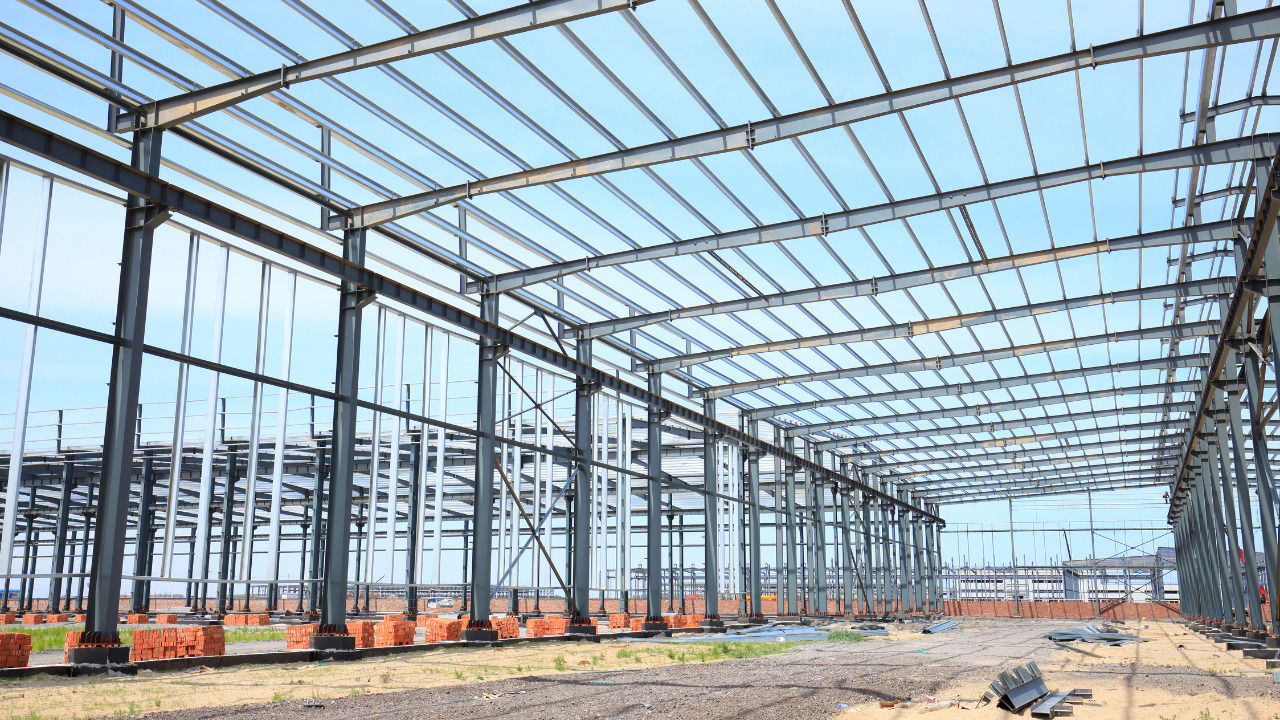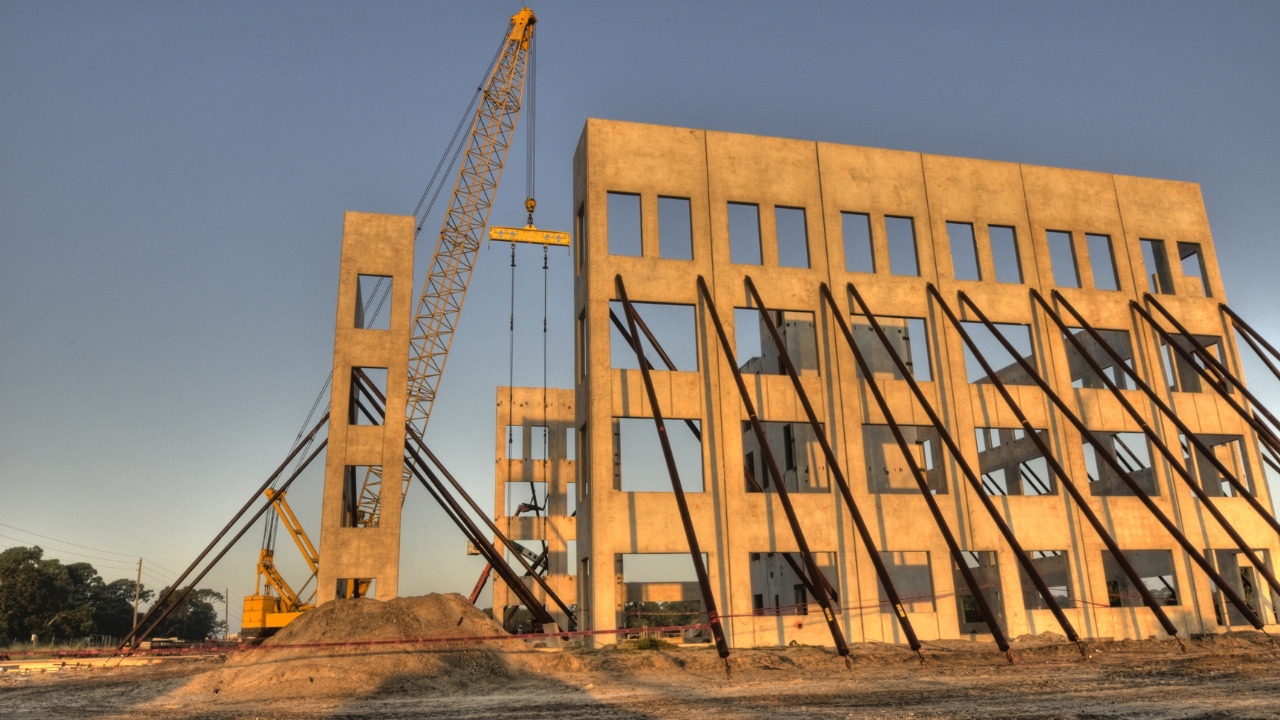Triangles are essential when creating sturdy and secure constructions since they are exceptionally robust shapes. A stiff structural component used to span a considerable distance is a truss. Triangles make up its structure, which is stiff and makes it incredibly robust.
Many bridges and structures rely on trusses for support. Due to their extreme rigidity and strength, they are perfect for crossing considerable distances. Buildings and bridges would be significantly less solid without them.
Trusses use triangles because they are the most resilient shape. It gives the building a lot of strength and supports a lot of weight. While the angles are in tension, the triangle’s sides are compressed. Triangular structures are stable, to put it simply.
Table of Contents
Triangular Trusses: An Overview
Additionally, the triangle design aids in distributing weight throughout the structure in an equitable manner. It is a result of the triangle’s equal length on each side. It implies that there are no weak points and that the force is applied uniformly throughout.
The triangle shape is highly stable as well. It is a result of its broad base and low center of gravity. As a result, it is less likely to topple over or crumble. Bridges and other substantial buildings frequently have triangular forms.
The truss would be far less rigid and more likely to give way under pressure without these lines of force. Due to the compression of the triangle’s sides and the tension of its base, the triangle is a powerful shape. The triangle is among the most feasible forms due to these forces working together.
Why Is Triangle Truss Important Than Others?
When engineers construct structures, they want to be sure the structure can support the weight. Put another way, they don’t want the building to collapse due to an applied force. All of the traffic crossing a bridge must be able to support the materials that make up the bridge.
The triangle is one of the geometric shapes that can hold weight quite well. A triangle’s sides are equally affected when a force is applied to one of the corners. The triangle’s two sides are crammed together. Compression is a term that describes this squeezing.
The triangle’s third side is drawn or stretched sideways. Tension is a term that describes this stretching.
How To Use Triangle Trusses For Bridges?
Bridges frequently have triangle construction. In bridges, several triangles are combined. Different areas are where they exert compression and tension. Trusses can be built using triangles. Numerous structures, including roofs, bridges, and buildings, utilize trusses.
Triangles are created by joining horizontal and diagonal beams in trusses. Truss bridges are those that make use of trusses. In the design of bridges, trusses come in a variety of forms. The configuration of the horizontal and diagonal beams determines the type of truss.
What Is A King-Post Truss?
A King Post truss is a form of truss frequently used to support roofs. A horizontal tie beam and a king post, which is vertical, make up a king post truss. To form triangle shapes, two posts connect the tie beam and the top of the king post.
Principal rafters are the name given to these pillars. Diagonal struts are inserted within these triangles to join the main rafters to the king’s post. The roof is strengthened even further by these struts. In terms of engineering, triangles are a necessary form.
Uses Of Triangle Trusses
Triangles will always be used in structures, including bridges, homes, and even airplanes. Trusses that do not support any weight merely offer stability. These trusses include wall and floor trusses, which help to stabilize walls and support floors.
Trusses are a crucial component of many constructions, and the choice of truss can significantly affect the strength and stability of the building. Because they have equal angles, equilateral and isosceles triangles are frequently used in truss bridges to distribute weight.
A triangle is one of the greatest forms of distributing weight because it takes the force from a single point and distributes it over a large base.
Triangle Trusses Offer More Support
Because we employ the same structure to capitalize on the strength of dimension and material, photographs of our truss assemblies may make you think of bridges or cranes. Trusses are built of triangles if you break them down to their simplest component.
The shape’s capacity to disperse weight is quite effective. Triangle webs can be linked to create a structure that permits the weight to be distributed uniformly throughout the truss. In addition to being constructed to provide precise angles and pitches, the trusses are produced to adhere to specific construction requirements.
Triangle Trusses Offer More Space
You will be able to design buildings that offer greater internal space than conventional construction because trusses can support so much weight on their own. You benefit from extra usable vertical space because of the clear span that the trusses create.
This added strength is also a result of the ability to use secondary members and truss spacing that are closer together.
Bottom Line
The building could collapse if a truss is not used. It’s crucial to ensure that a truss is planned and constructed properly by a professional because this might be risky and result in significant damage. The size, kind of material, and intricacy of the design are only a few of the many variables that affect truss prices.
For more detailed information, speak with a contractor or structural engineer. Redundancy is frequently used in truss design. The truss system is susceptible to failure in the event of one member. Trusses need to be inspected frequently for wear or damage.





